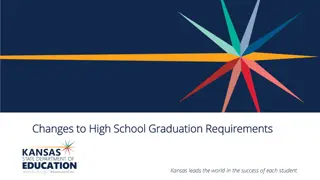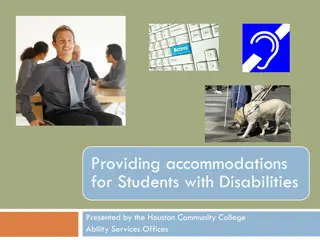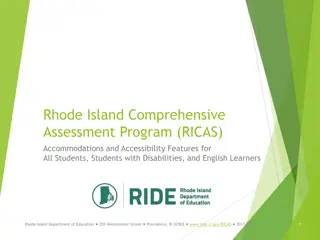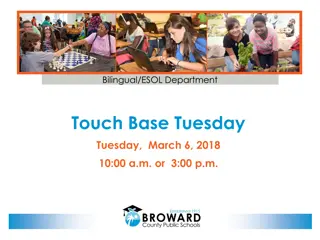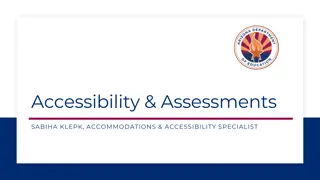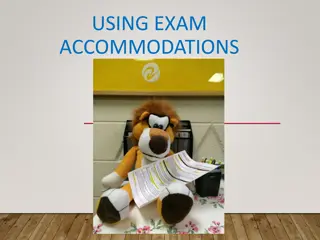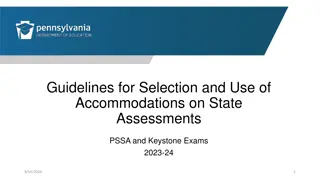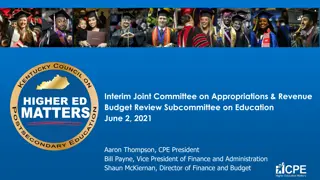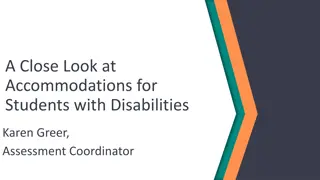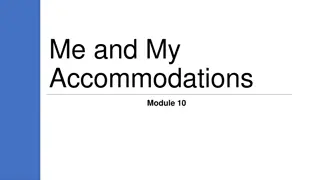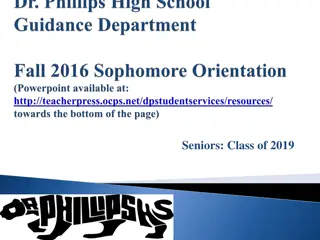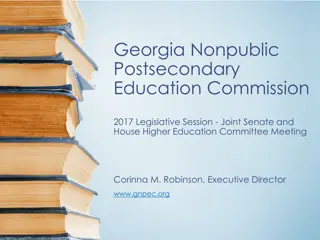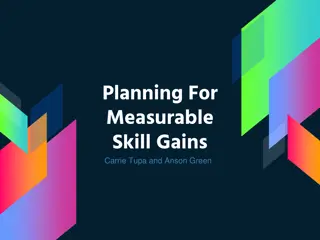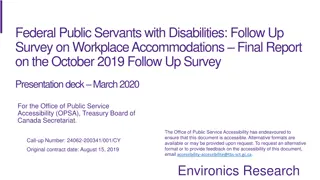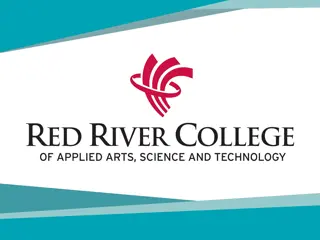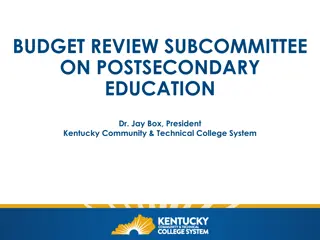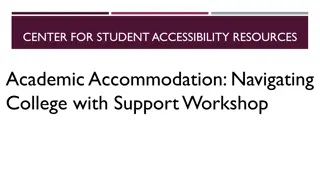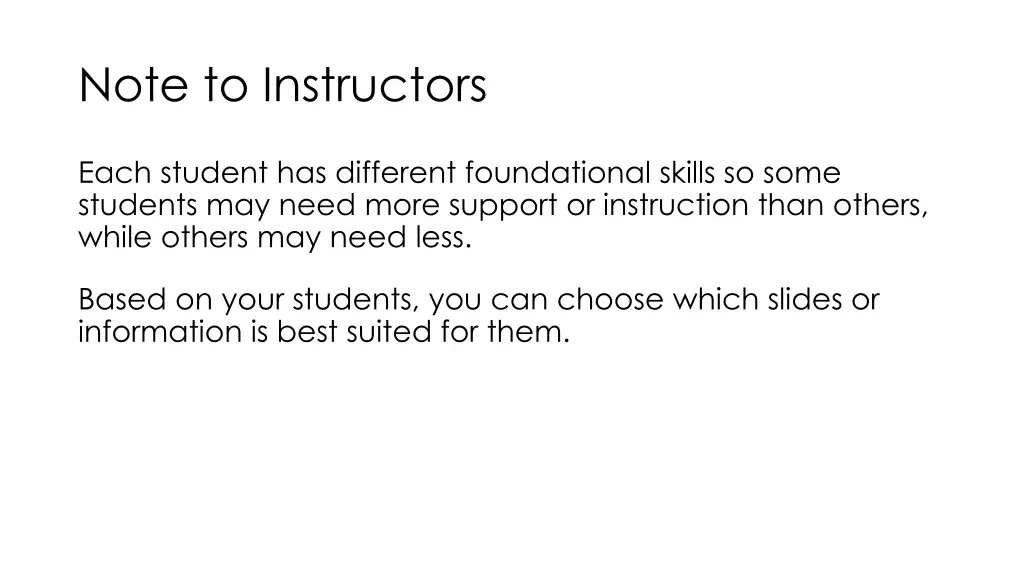
Understanding Student Accommodations: High School to Postsecondary Transition
Explore the journey of student accommodations from high school to postsecondary education or work settings. Learn about the different types of accommodations, their implementation in high school, and the process of requesting accommodations in college/training programs and workplaces after high school. Understand the importance of individualized support for students with diverse foundational skills.
Download Presentation

Please find below an Image/Link to download the presentation.
The content on the website is provided AS IS for your information and personal use only. It may not be sold, licensed, or shared on other websites without obtaining consent from the author. If you encounter any issues during the download, it is possible that the publisher has removed the file from their server.
You are allowed to download the files provided on this website for personal or commercial use, subject to the condition that they are used lawfully. All files are the property of their respective owners.
The content on the website is provided AS IS for your information and personal use only. It may not be sold, licensed, or shared on other websites without obtaining consent from the author.
E N D
Presentation Transcript
Note to Instructors Each student has different foundational skills so some students may need more support or instruction than others, while others may need less. Based on your students, you can choose which slides or information is best suited for them.
High School vs. Postsecondary Accommodations Pre-Employment Transition Services Counseling on Postsecondary Opportunities Accommodations and Supports Beyond High School
What are Accommodations? A change or support that helps someone complete a task or participate in an activity in a way that works best for them. Accommodations can be for school or work. Examples include accessible space, additional breaks, or access to quiet space, and more.
Accommodations in High School If a student needs help, the school checks if they qualify for accommodations. A team creates an IEP or 504 Plan, outlining support to help them learn and show their knowledge. The school is responsible for identifying and providing these accommodations.
What Happens After High School (Postsecondary)? Postsecondary is anything you do after high school, so this could include college, training, or going into the workforce. Whether you are going to do more training or schooling or going into the workforce, you become responsible for requesting any accommodations once you exit high school. If you have an IEP or 504 Plan, these documents do not follow you once you leave high school.
Requesting Accommodations College or Training Program You will need to contact the school s Disability Services Office (if they have one) or training program to request accommodations. Examples include note-taking services, assistive technology, accessible dorm room, etc.
Requesting Accommodations - Internship or Workplace You will need to work with the employer or human resources department to request accommodations. Examples include flexible schedules, assistive technology, ergonomic workspace, etc.
Key Differences There are different laws protecting your rights depending on your age and if you are in high school. When you are in high school you are supported by law, the Individuals with Disabilities Education Act (IDEA). Once you leave high school the Americans with Disabilities Act (ADA) protects you from unfair treatment if you have a disability.
Key Differences (cont.) High School Postsecondary IDEA: entitled to services ADA & Rehab Act: must be eligible School provides accommodations You must request accommodations Parents/guardians can advocate for you You advocate for yourself
Self-Advocacy Know your rights and what accommodations you can request Practice explaining your needs to others Have documentation ready (e.g., IEP or 504 Plan, medical records, etc.) Ask for help when needed

